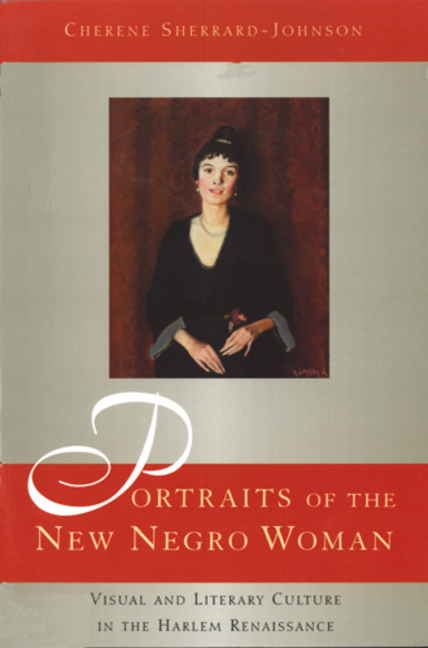The (Mono-) Racial Contract: Mixed-Race Implications
Canadian Political Science Association
79th Annual Conference
2007-05-30 through 2007-06-01
Paper Dated: 2007-05-17
Debra Thompson, Assistant Professor of Political Science
Ohio University
Nearly a decade ago, Charles Mills brought ‘race’ into mainstream political theory through his theory of the Racial Contract; namely, that all social contracts are underwritten by the meta-political system of domination which privileges whites over nonwhites. Yet in Mills’ analysis – like most literature in the social sciences – the subjectivity of mixed-race identities is scarcely considered. Thus, the purpose of this paper is to consider the implications of the Racial Contract for (s)he who is neither white nor nonwhite: the mixed-race subject. I contend applying the terms of the Racial Contract within the context of multiraciality in Canada will demonstrate both the unique racial positioning of the mixed-race subject and will further solidify Mills’ contention that the Racial Contract is explanatorily superior to the raceless social contract. Using The Racial Contract as a theoretical and methodological guide, this paper will follow three of Mills’ main arguments, incorporating mixed-race subjectivities and proving that: the Racial Contract has unique political, moral and epistemological implications for multiracials in Canada; the Racial Contract norms (and races) the individual, establishing not just personhood and subpersonhood, but also liminal personhood; and the ideological conditioning required by the Racial Contract involves a solidification of discrete racial categories, thus rendering the mixed-race subject as theoretically and vernacularly invisible. Using historical and contemporary examples from Canadian law and society, the scholarly contribution of this work is its merging of Canadian content and foci with the emerging, American-dominated literature known as critical mixed-race theory…
…Though a powerful legal paradigm in the U.S. dictated the racial identities of mixed-race children as ‘nonwhite’ from birth, the phenomenon of ‘passing’ erupted while miscegenation laws were still firmly in place. The lighter one’s skin happened to be, the finer his or her hair, the further away from a nonwhite racial identity (s)he could move, the less stigmatisation from dominant society (s)he faced. ‘Passing,’ therefore, always refers to passing as white. This phenomenon reinforces racial aesthetics as one of the means through which the biological construction of ‘race’ was able to negate the existence of multiraciality. If a multiracial person could pass for white and gain access to social and economic opportunities denied to people of colour, self-identifying as such was never a solidification of mixed-race heritage. Rather, it was a forced denial borne from the necessity to identify as something – but the choice of categories were strictly divided in broad strokes of black, white, yellow and red, leaving no room for anything that was some (or even all) of the above. Further, this phenomenon elucidates another aspect of multiraciality deemed threatening by the dominant race: that of identifiability. Using ‘race’ to distinguish between persons and subpersons, the Racial Contract requires a means of identifying each from the other. Those who blur this distinction indeed pose a problem for the maintenance of the racial hierarchy itself. Subpersons must be kept firmly in place through proactive measures; being able to identify them was crucial to the Racial Contract’s continued existence. The alleged racial determinants of identity (and therefore destiny) were superficial morphological characteristics such as hair texture, eye, nose, and mouth shape and size, and, above all else, skin colour. Without these tell-tale signs of inferiority, the hierarchy itself would be in danger…
Read the entire paper here.




